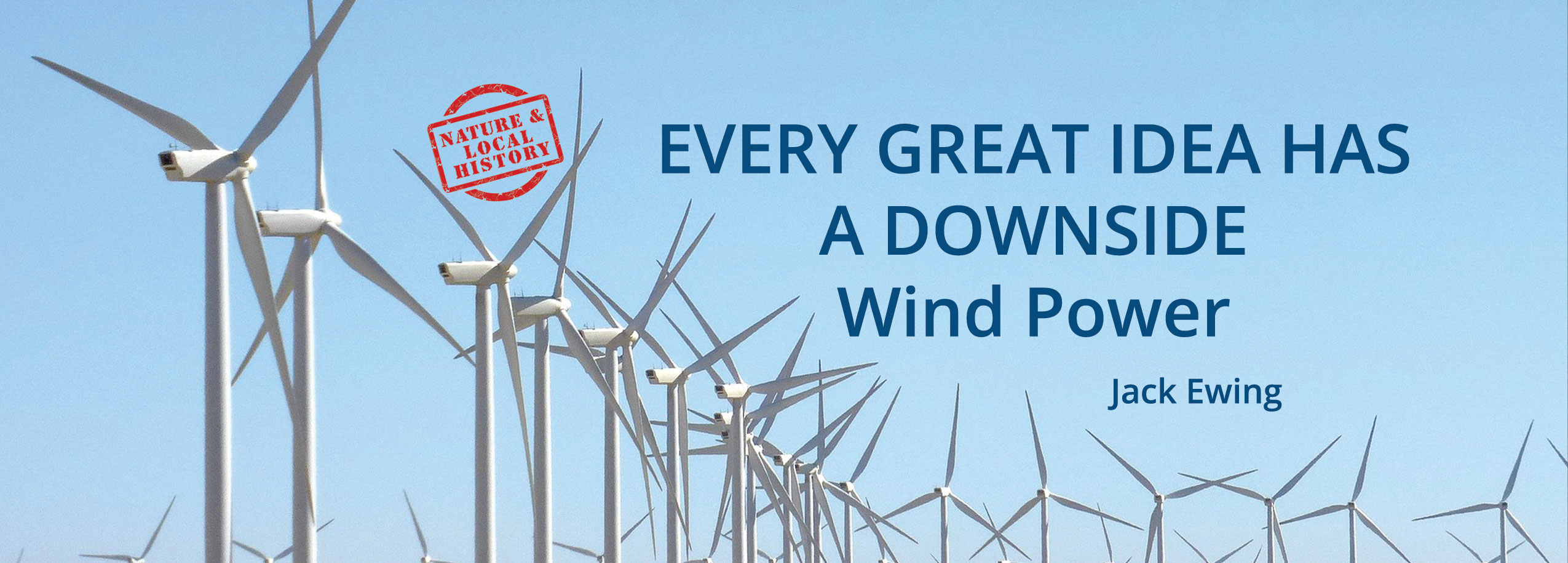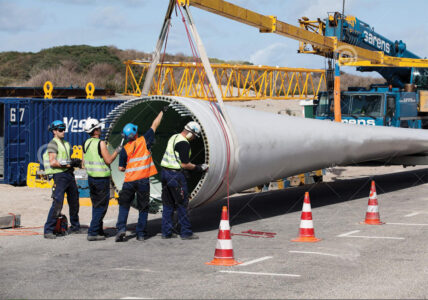Every Good Idea Has A Downside – Wind Power

I am old enough to remember when the Sandhill Crane was an endangered species. There were less than 1000 left in the wild. Due to lots of hard work and diligence from a lot of nature lovers, there are now close to 100,000. Many of these beautiful stork-like birds with a distinctive call migrated every year to the Rio Grande Valley in Southeast Texas. Then, along came the wind turbines. My friend and fellow environmentalist Pamela lives in what used to be one of the best birding spots in the US. She still lives there and can tell the story better than I.
The Rio Grande Valley is in the world’s greatest migratory flyway. We have several sites labelled as the World’s Birding Center because of the number of migrants that pass through each winter. Birding has been the largest source of income for the area. Each year one of my greatest joys was the migration of the Sandhill cranes. They flew over my house in such huge flocks that my windows vibrated with their calls. I would stand outside and watch them fly overhead so close that I could look into their eyes. I would drive down the roads that have now been taken over by wind turbines and follow the flocks. I’d sit in my truck with my binoculars and watch them.
Then the wind turbines came and there have been no more Sandhill cranes. We also had snow geese, roseate spoonbills, storks, and others. The large birds simply cannot fly through the turbines. I do not know where they are diverting to, nor how many have been killed by the turbines. All I know is that they can no longer fly through their old migration route.
 And then there is the waste problem. How do you dispose of a 10-ton, non-biodegradable blade that is half as long as a football field? The turbines can be rebuilt and used again. The blades cannot. They are huge and made mostly of resin and fiberglass. This is a real problem. As of 2020, in the USA, around 8000 of these reach the end of their useful lives every year and need to be junked. That number is sure to increase along with the demand for clean energy. Each blade that has reached the end of its useable life needs to be cut into small enough sections that they can be hauled to a landfill, and there aren’t very many landfills in the country that can handle anything that large and durable.
And then there is the waste problem. How do you dispose of a 10-ton, non-biodegradable blade that is half as long as a football field? The turbines can be rebuilt and used again. The blades cannot. They are huge and made mostly of resin and fiberglass. This is a real problem. As of 2020, in the USA, around 8000 of these reach the end of their useful lives every year and need to be junked. That number is sure to increase along with the demand for clean energy. Each blade that has reached the end of its useable life needs to be cut into small enough sections that they can be hauled to a landfill, and there aren’t very many landfills in the country that can handle anything that large and durable.
According to the US Energy Information Administration, in the year 2020, 338 billion kilowatt hours of electrical energy was generated by wind turbines, about 8% of the total electrical energy for the entire country. That is a 56-fold increase in 20 years. How much will it increase in the next 20 years?
I am all for clean, green energy, but we haven’t really taken the time to look at the downside of all the different options. I think we need to take everything, good and bad, into consideration before going full speed ahead with any new source of energy.
The harnessing of energy for humanity’s ever-growing needs has always been a problem. First there was air pollution, followed by nuclear waste and CO2 emissions and now with solar and wind, waste disposal is becoming a major problem. Additionally, disruption of wildlife habits and habitats, and now death from collisions with ever turning fiberglass blades half as long as a football field.
I’m sure we will come up with other great ideas in our ever lasting search for energy, and I am also sure that every one of those ideas will have a downside.
Jack Ewing was born and educated in Colorado. In 1970 he and his wife Diane moved to the jungles of Costa Rica where they raised two children, Natalie and Chris. A newfound fascination with the rainforest was responsible for his transformation from cattle rancher into environmentalist and naturalist. His many years of living in the rainforest have rendered a multitude of personal experiences, many of which are recounted in his published collection of essays, Monkeys are Made of Chocolate. His latest book is, Where Jaguars & Tapirs Once Roamed: Ever-evolving Costa Rica.
